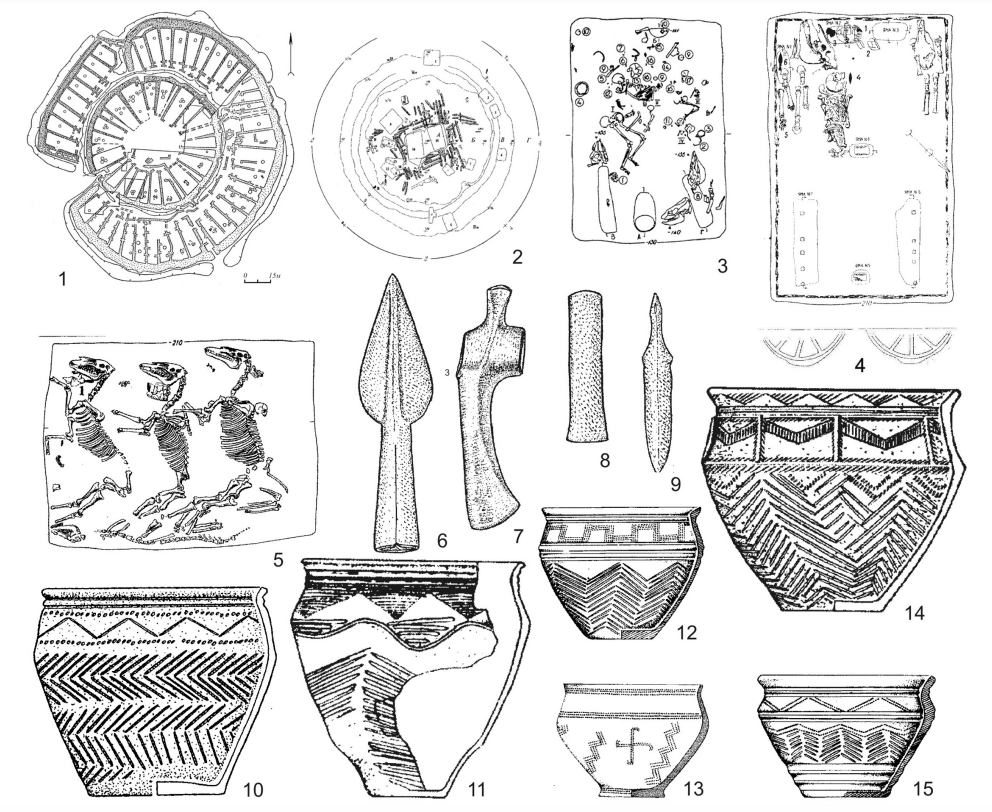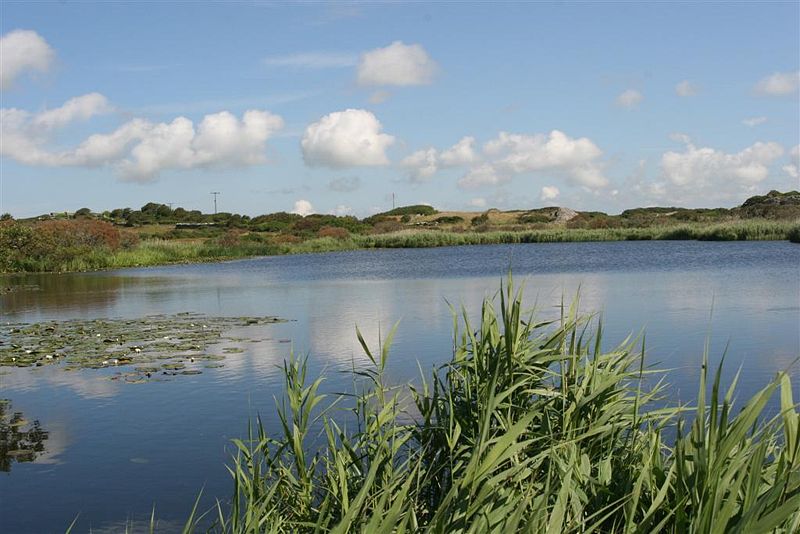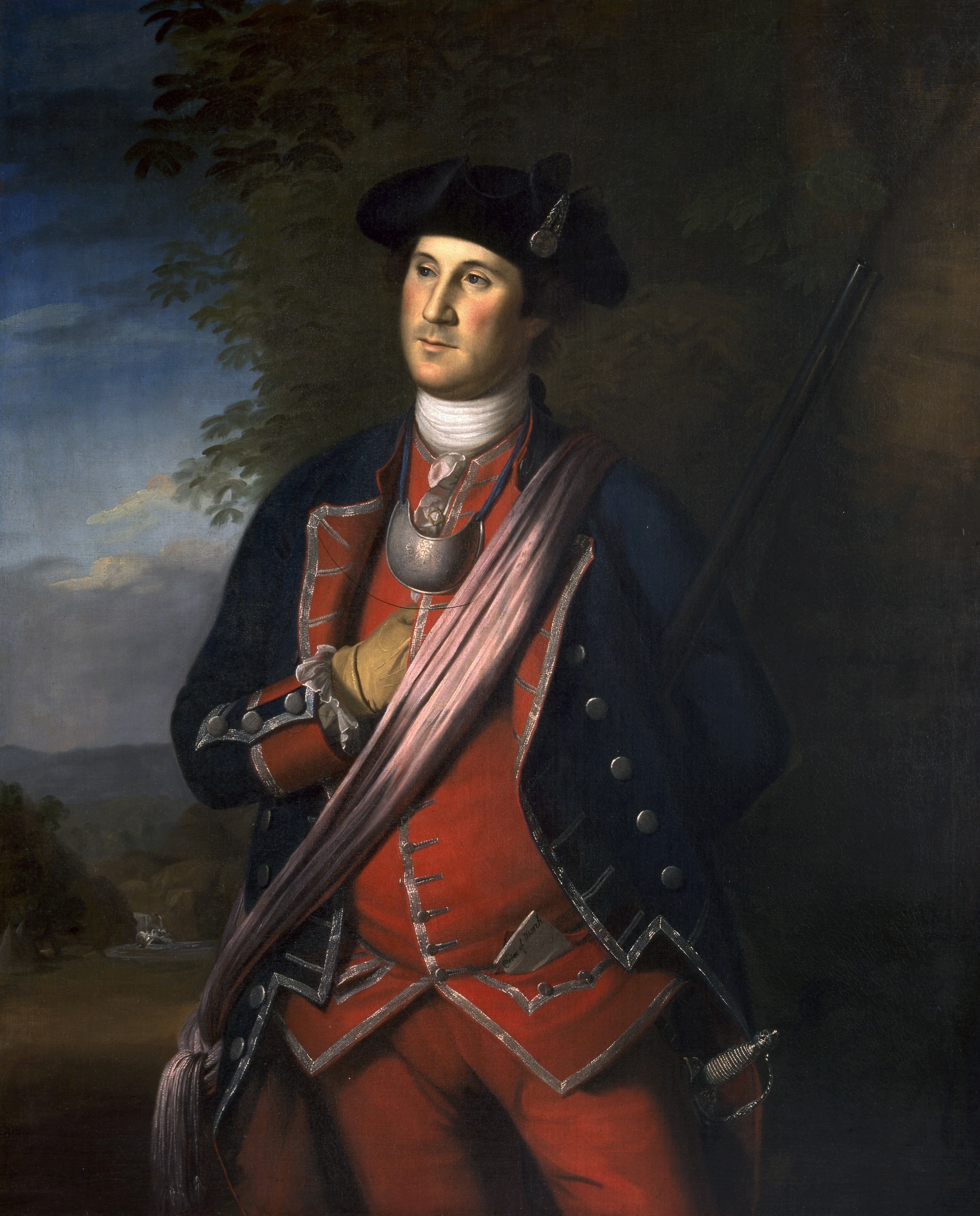|
Gold Lunulae
A gold lunula ( pl. gold lunulae) was a distinctive type of late Neolithic, Chalcolithic, andmost oftenearly Bronze Age necklace, collar, or pectoral shaped like a crescent moon. Most are from Prehistoric Ireland. They are normally flat and thin, with roundish spatulate terminals that are often twisted to 45 to 90 degrees from the plane of the body. Gold lunulae fall into three distinct groups, termed Classical, Unaccomplished and Provincial by archaeologists. Most have been found in Ireland, but there are moderate numbers in other parts of Europe as well, from Great Britain to areas of the continent fairly near the Atlantic coasts. Although no lunula has been directly dated, from associations with other artefacts it is thought they were being made sometime in the period between 2400 and 2000 BC; a wooden box associated with one Irish find has recently given a radiocarbon dating range of 2460–2040 BC. Of the more than a hundred gold lunulae known from Western Europe, more ... [...More Info...] [...Related Items...] OR: [Wikipedia] [Google] [Baidu] |
Lunula (amulet)
A lunula (plural (grammar), pl. lunulae) was a crescent moon shaped pendant worn by girls in ancient Rome. Girls ideally wore them as an apotropaic amulet, the equivalent of the boy's bulla (amulet), bulla. In the popular belief the Ancient Rome, Romans wore amulets usually as a talisman, to protect themselves against evil forces, demons and sorcery, but especially against the evil eye. Lunulae were common throughout the entire Mediterranean region while their male counterpart, the bulla, was most popular in Italy. In Plautus' play, Epidicus asks the young girl Telestis: "Don't you remember my bringing you a gold lunula on your birthday, and a little gold ring for your finger?" An explicit definition is provided by Isidore of Seville: "Lunulae are female ornaments in the likeness of the moon, little hanging gold bullae." But in Plautus' play ''Rudens'', Palaestra says her father gave her a golden bulla on the day of her birth. References Bibliography * * {{cite book , aut ... [...More Info...] [...Related Items...] OR: [Wikipedia] [Google] [Baidu] |
Côtes-d'Armor
The Côtes-d'Armor ( , ; ; , ), formerly known as Côtes-du-Nord until 1990 (, ), is a department in the north of Brittany, in northwestern France. In 2019, it had a population of 600,582.Populations légales 2019: 22 Côtes-d'Armor INSEE History French Revolution Côtes-du-Nord was one of the original 83 departments created on 4 March 1790 following the French Revolution. It was made up from the near entirety of the ancient Pays de Saint-Brieuc, most of historical[...More Info...] [...Related Items...] OR: [Wikipedia] [Google] [Baidu] |
Portugal
Portugal, officially the Portuguese Republic, is a country on the Iberian Peninsula in Southwestern Europe. Featuring Cabo da Roca, the westernmost point in continental Europe, Portugal borders Spain to its north and east, with which it shares Portugal-Spain border, the longest uninterrupted border in the European Union; to the south and the west is the North Atlantic Ocean; and to the west and southwest lie the Macaronesia, Macaronesian archipelagos of the Azores and Madeira, which are the two Autonomous Regions of Portugal, autonomous regions of Portugal. Lisbon is the Capital city, capital and List of largest cities in Portugal, largest city, followed by Porto, which is the only other Metropolitan areas in Portugal, metropolitan area. The western Iberian Peninsula has been continuously inhabited since Prehistoric Iberia, prehistoric times, with the earliest signs of Human settlement, settlement dating to 5500 BC. Celts, Celtic and List of the Pre-Roman peoples of the Iberia ... [...More Info...] [...Related Items...] OR: [Wikipedia] [Google] [Baidu] |
Coimbra
Coimbra (, also , , or ), officially the City of Coimbra (), is a city and a concelho, municipality in Portugal. The population of the municipality at the 2021 census was 140,796, in an area of . The fourth-largest agglomerated urban area in Portugal after Lisbon Metropolitan Area, Lisbon, Porto Metropolitan Area, Porto, and Braga, it is the largest city of the Coimbra (district), district of Coimbra and the Centro Region, Portugal, Centro Region. About 460,000 people live in the Região de Coimbra, comprising 19 municipalities and extending into an area of . Among the many archaeological structures dating back to the Roman Empire, Roman era, when Coimbra was the settlement of Aeminium, are its well-preserved aqueduct (watercourse), aqueduct and cryptoporticus. Similarly, buildings from the period when Coimbra was the capital of Portugal (from 1131 to 1255) still remain. During the late Middle Ages, with its decline as the political centre of the Kingdom of Portugal, Coimbra beg ... [...More Info...] [...Related Items...] OR: [Wikipedia] [Google] [Baidu] |
Chariot
A chariot is a type of vehicle similar to a cart, driven by a charioteer, usually using horses to provide rapid Propulsion, motive power. The oldest known chariots have been found in burials of the Sintashta culture in modern-day Chelyabinsk Oblast, Russia, dated to c. 1950–1880 BC and are depicted on cylinder seals from Central Anatolia Region, Central Anatolia in Kültepe dated to c. 1900 BC. The critical invention that allowed the construction of light, horse-drawn chariots was the spoked wheel. The chariot was a fast, light, open, two-wheeled conveyance drawn by two or more Equidae, equids (usually horses) that were hitched side by side, and was little more than a floor with a waist-high guard at the front and sides. It was initially used for ancient warfare during the Bronze Age, Bronze and Iron Age, Iron Ages, but after its military capabilities had been superseded by Light cavalry, light and Heavy cavalry, heavy cavalries, chariots continued to be used for travel and t ... [...More Info...] [...Related Items...] OR: [Wikipedia] [Google] [Baidu] |
La Tène Culture
The La Tène culture (; ) was a Iron Age Europe, European Iron Age culture. It developed and flourished during the late Iron Age (from about 450 BC to the Roman Republic, Roman conquest in the 1st century BC), succeeding the early Iron Age Hallstatt culture without any definite cultural break, under considerable Mediterranean influence from the Greeks in pre-Roman Gaul, the Etruscan civilization, Etruscans, and the Culture of Golasecca, Golasecca culture, but whose artistic style nevertheless did not depend on those Mediterranean influences. La Tène culture's territorial extent corresponded to what is now Prehistory of France#The Iron Age, France, History of Belgium#Celtic and Roman periods, Belgium, Early history of Switzerland#Iron Age, Switzerland, History of Austria#Iron Age, Austria, History of England#Later Prehistory, England, History of Germany#Iron Age, Southern Germany, the History of the Czech lands#Iron Age, Czech Republic, Prehistoric Italy#Iron Age, Northern ... [...More Info...] [...Related Items...] OR: [Wikipedia] [Google] [Baidu] |
Triskele
A triskelion or triskeles is an ancient motif consisting either of a triple spiral exhibiting rotational symmetry or of other patterns in triplicate that emanate from a common center. The spiral design can be based on interlocking Archimedean spirals, or represent three bent human limbs. It occurs in artifacts of the European Neolithic and Bronze Ages with continuation into the Iron Age, especially in the context of the La Tène culture and of related Celtic traditions. The actual ''triskeles'' symbol of three human legs is found especially in Greek antiquity, beginning in archaic pottery and continued in coinage of Classical Greece. In the Hellenistic period, the symbol became associated with the island of Sicily, appearing on coins minted under Dionysius I of Syracuse beginning in BCE. It later appears in heraldry, and, other than in the flag of Sicily, came into use in the arms and flags of the Isle of Man (known in the Manx language as ). Greek () means from (), ... [...More Info...] [...Related Items...] OR: [Wikipedia] [Google] [Baidu] |
Llyn Cerrig Bach
Llyn Cerrig Bach is a small lake located between Rhosneigr and Valley in the west of Anglesey, Wales. Whilst it is not one of the largest lakes on the island (around 1.8 acres), its claim to fame is the group of over 150 Iron Age metal objects discovered there in 1942, apparently placed in the lake as votive offerings. These finds are considered to be one of the most important collections of La Tène style metalwork, or Early Celtic art discovered in the British Isles, and the most important in Wales. Archaeological Site The discovery was made by William Owen Roberts, head groundsman of RAF Valley, when ground was being cleared for a runway extension. This involved spreading peat over the sandy ground, and the items were discovered during the extraction of peat from the Cors yr Ynys bog on the southern margin of Llyn Cerrig Bach. The first object to be found was an iron gang chain, used for slaves. This was caught up in the teeth of a harrow and was not at first identified ... [...More Info...] [...Related Items...] OR: [Wikipedia] [Google] [Baidu] |
Iron Age
The Iron Age () is the final epoch of the three historical Metal Ages, after the Chalcolithic and Bronze Age. It has also been considered as the final age of the three-age division starting with prehistory (before recorded history) and progressing to protohistory (before written history). In this usage, it is preceded by the Stone Age (subdivided into the Paleolithic, Mesolithic and Neolithic) and Bronze Age. These concepts originated for describing Iron Age Europe and the ancient Near East. In the archaeology of the Americas, a five-period system is conventionally used instead; indigenous cultures there did not develop an iron economy in the pre-Columbian era, though some did work copper and bronze. Indigenous metalworking arrived in Australia with European contact. Although meteoric iron has been used for millennia in many regions, the beginning of the Iron Age is defined locally around the world by archaeological convention when the production of Smelting, smelted iron (espe ... [...More Info...] [...Related Items...] OR: [Wikipedia] [Google] [Baidu] |
National Museum Of Ireland – Archaeology
The National Museum of Ireland – Archaeology (, often known as the "NMI") is a branch of the National Museum of Ireland located on Kildare Street in Dublin, Ireland, that specialises in Irish and other antiquities dating from the Stone Age to the Late Middle Ages. The museum was established under the Dublin Science and Art Museum Act 1877 ( 40 & 41 Vict. c. ccxxxiv). Before, its collections had been divided between the Royal Dublin Society and the Natural History Museum on Merrion Street. The museum was built by the father and son architects Thomas Newenham Deane and Thomas Manly Deane. The rotunda at the front of the National Museum matches that of the National Library of Ireland, which face each other across the front of Leinster House. The NMI's collection contains artifacts from prehistoric Ireland including bog bodies, Iron and Bronze Age objects such as axe heads, swords and shields in bronze, silver and gold, with the earliest dated to c. 7000 BC. It holds the world ... [...More Info...] [...Related Items...] OR: [Wikipedia] [Google] [Baidu] |
Gorget
A gorget ( ; ) was a band of linen wrapped around a woman's neck and head in the English medieval clothing, medieval period or the lower part of a simple chaperon (headgear), chaperon hood. The term later described a steel or leather Collar (clothing), collar to protect the throat, a set of pieces of plate armour, or a single piece of plate armour hanging from the neck and covering the throat and chest. Later, particularly from the 18th century, the gorget became primarily ornamental, serving as a symbolic accessory on military uniforms, a use which has survived in some armies (see below). The term may also be used for other things such as items of jewellery worn around the throat region in several societies, for example wide thin gold collars found in prehistoric Ireland dating to the Bronze Age. As part of armour In the High Middle Ages, when Mail (armour), mail was the primary form of metal body armour used in Western Europe, the mail coif protected the neck and lower fa ... [...More Info...] [...Related Items...] OR: [Wikipedia] [Google] [Baidu] |






